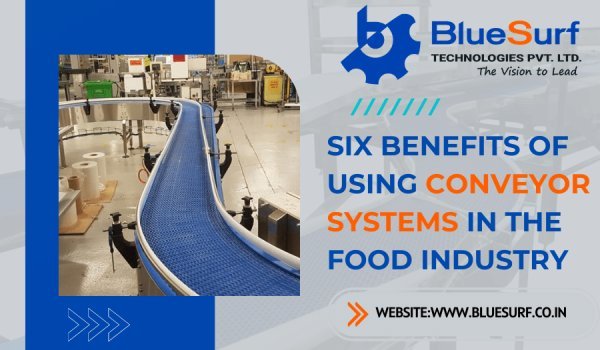When human labour is used to complete any task, there is always a high likelihood of error. This is frequently attributed to exhaustion, ignorance, or a lack of knowledge.
Errors in food production increase the likelihood of quality being compromised or systems being disrupted. How?
A worker may use the incorrect amount of an ingredient or place it in the incorrect chamber. If this is discovered early on, the production process can be repeated to correct the situation. On the other hand, if it goes unnoticed, what does that say about the final product’s quality?
When you use a conveyor system, however, everything will go as planned; there will be no deviations in the procedure. This means that quality is maintained throughout, increasing the likelihood of your company fully satisfying the needs of your clients. To ensure this, simply programme it correctly and without errors.






















